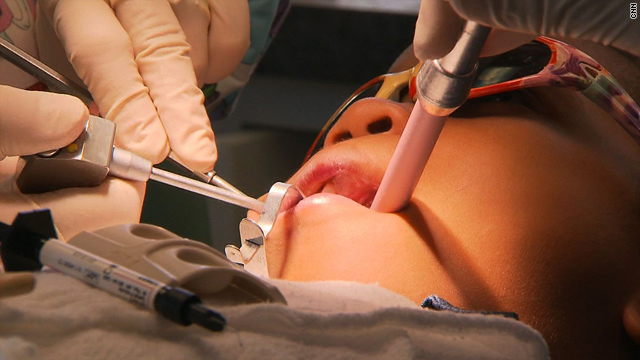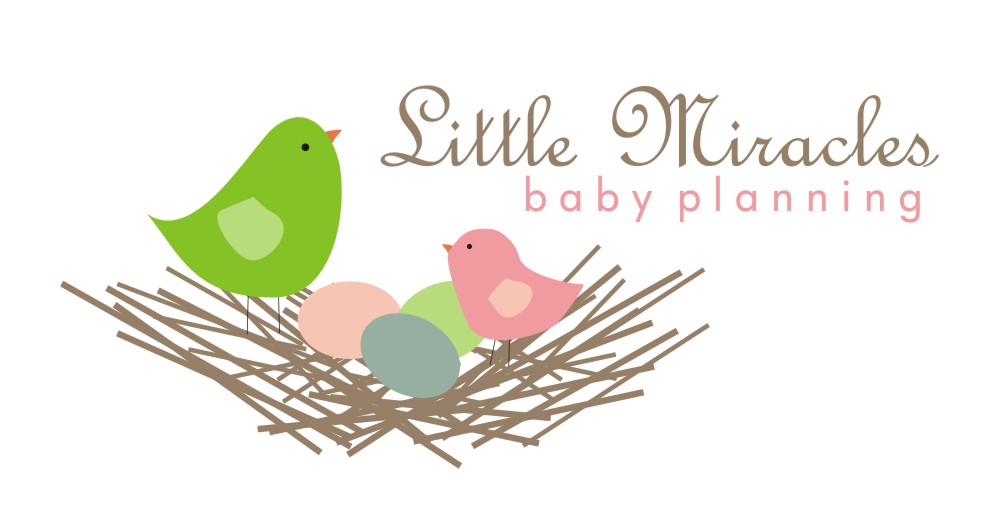
Dental sealants expose tens of millions of American children to the controversial chemical BPA, according to a new paper in the journal Pediatrics. It says that sealants contain derivatives of BPA, which metabolize to actual BPA when exposed to saliva. The exposure lasts up to three hours after the sealant is applied.
Sealants came into widespread use in the 1990s. The American Dental Association and the Centers for Disease Control and Prevention recommend them as an important way to prevent tooth and gum decay. A host of health problems are associated with decay. Dr. Philip Landrigan, one of the paper’s authors, agrees that those benefits outweigh the risk from BPA, but warns that doesn’t mean the chemical is safe.
“It is absolutely clear that bisphenol-A is a toxic chemical and an endocrine disruptor. We know this from studies in humans, and in animals,” says Landrigan, a pediatrician at the Mount Sinai School of Medicine who has spent decades studying the effects of chemicals on children.
BPA is used in many plastics and also widely used in the lining of metal cans. It has been under scrutiny for possible links to a variety of health problems, including heart disease in adults and developmental problems in young children. Because it mimics the hormone estrogen, some physicians say it can cause disruption at very small doses. Dr. Abby Fleisch of Children’s Hospital in Boston, the lead author of the Pediatrics paper, says it’s unclear how much BPA children generally absorb from the sealants.
Landrigan says the amount is likely “pretty small,” but adds, “We hope that the publication of this article will stimulate manufacturers of these products to make safer products. We want to create attention, so parents start shopping for products without those chemicals.”
The paper also urges pregnant women to minimize their exposure. Both the American Society for Reproductive Medicine, a group of OB-GYNs, and the American Dental Association (ADA) say they currently make no recommendation on sealants.
Dr. Leslie Seldin, a second-generation dentist and spokesman for the ADA, said the group does not consider BPA from sealants to be a hazard. “What we found is that it can be controlled, it’s very minimal and it doesn’t pose any risk to anybody,” Seldin said. Precautions include temporarily blocking off the sealed area with a rubber dental dam, rinsing the mouth with water or saline solution and using a mild abrasive to grind off excess material.
Other dentists agree. Dr. Joel Berg, chair of Pediatric Dentistry at the University of Washington, strongly believes sealants are safe and effective. "There's more estrogen in a mother's kiss than there is in a sealant," he says.
Frederick vom Saal, a biologist at the University of Missouri and a well-known critic of BPA, sees it differently. “This story should have been written ten years ago,” he told CNN. “No pregnant women should have a sealant put on their teeth. And your baby does not have a liver that can metabolize [BPA] adequately.” ‘
Vom Saal says parents are in a tough position, one he wrestled with when his own daughter had some tooth decay. In the end, he had her dentist apply the sealant.

.png)




No comments:
Post a Comment